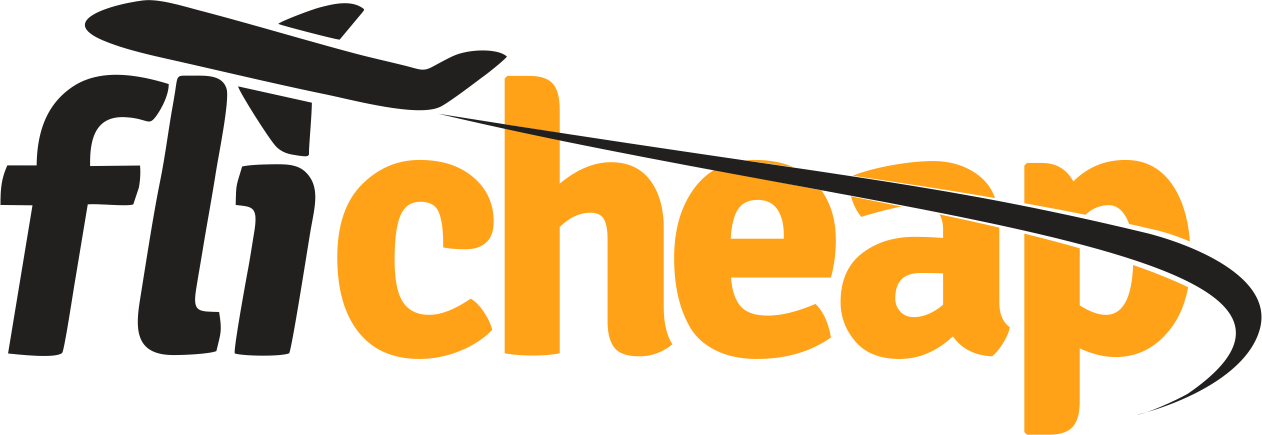What Is Container Orchestration? How To Handle Your Containers With Microk8s
Orchestration also helps ensure the excessive Container Orchestration availability of containerized purposes by automatically detecting and responding to container failures and outages. With the number of container orchestration instruments out there, it can be obscure what options each offer, why they want to be used, and whether they are a match for your organization’s needs. You can use Kubernetes patterns to manage the configuration, lifecyle, and scale of container-based functions and providers. These repeatable patterns are the tools wanted by a Kubernetes developer to construct full techniques.
Container Orchestration Overview

It enables you to easily deploy purposes throughout a quantity of containers by solving the challenges of managing containers individually. OpenShift is a cloud development platform by Red Hat constructed on each Docker and Kubernetes and powered by an open supply Kubernetes engine. This platform as a service (PaaS) uses Kubernetes as a container orchestration engine to enable builders to run and build functions wherever. It helps develop, deploy, and handle cloud-based functions, permitting builders to work in a self-service method. Container orchestration mechanically provisions, deploys, scales and manages the lifecycle of containerized functions.
What Is Container Orchestration?

Creating your utility in small pieces and connecting them to each other through various API methods (most commonly REST) is what we call microservices structure. Do you should implement service discovery or make positive that specific storage volume is accessible to specific containers even when they move to a different node? Do you have to stop some containers from speaking to the web whereas solely permitting others to speak to specific endpoints? Developed by HashiCorp (the company behind Terraform, one of the best Infrastructure as Code instruments on the market), Nomad is an orchestration software for each containerized and non-containerized apps.
What Is Container Orchestration Used For?

This lets purposes make the most effective decision about which task to execute on which machine. Container orchestration automates and manages the entire lifecycle of containers, together with provisioning, deployment, and scaling. This allows organizations to capture the advantages of containerization at scale with out incurring extra upkeep overhead. CaaS providers offer companies many advantages, including container runtimes, orchestration layers, persistent storage administration and integration with different companies. Many leading public suppliers supply container orchestration managed services, lots of which use Kubernetes as their underlying know-how.
Microservices are small items of software with simple functionalities for directing narrowly defined duties, similar to opening or updating a file. Applications constructed with microservices as their constructing blocks are higher in a position to scale, and are more adaptable and simpler to handle. It can also be ideal for giant enterprises as it could be overkill for smaller organizations with leaner IT budgets. As mentioned earlier, containers are lightweight, share a bunch server’s sources, and, extra uniquely, are designed to work in any setting — from on-premise to cloud to native machines. The variety of containers you utilize might be 1000’s should you use microservices-based applications. When working with a container orchestrator, engineers normally use configuration files in YAML or JSON format to outline the “desired state” of system components.
These are the tools that you can use for container administration and for lowering your operational workload. Container orchestration has been on the heart of this evolution as it maximizes the benefits of microservices and drastically streamlines day-to-day operations. Managing containers effectively will proceed to be a precedence going ahead, so expect orchestration to only become more prevalent on the earth of containerized apps. Container orchestration is the strategy of using automation to manage the lifecycle of app containers. This strategy automates time-consuming tasks like (re)creating, scaling, and upgrading containers, freeing teams from repetitive guide work.
But, they’re easily scalable as microservices in containers may be deployed and managed independently (and in isolation) by their container orchestrator. Kubernetes helps manage complex applications that comprise multiple independent services that must be hosted at scale. The Kubernetes API allows for the automation of several duties associated to provisioning and management. Red Hat OpenShift on IBM Cloud offers developers a fast and secure method to containerize and deploy enterprise workloads in Kubernetes clusters. Offload tedious and repetitive duties involving security administration, compliance management, deployment management and ongoing lifecycle administration. Machine learning relies on large language models (LLMs) to perform high-level pure language processing (NLP), corresponding to text classification, sentiment analysis and machine translation.
For instance, should you’re a startup or small business with limited IT assets, you then might need to use Docker Swarm. A batch processing workload is one where many compute-intensive tasks share sources throughout particular intervals, corresponding to on weekends or after hours when demand is low. In this tutorial, we’ll undergo the benefits of container orchestration and how to apply it in your group. After connecting your cluster, you can deploy your tasks straight to Kubernetes by using GitLab’s Auto Deploy capabilities.

Kubernetes development is now led by the Cloud Native Computing Foundation (CNCF). Here’s a list of a few of the greatest container orchestration tools you can choose in no specific order. Created by Red Hat, OpenShift is another container orchestration platform, largely impressed by Kubernetes. Its major focus is to provide a Kubernetes-like platform for operating your containers on-premises, in a personal cloud, or in hybrid cloud environments.
The software development course of is quickly evolving, that means that companies must undertake probably the most trendy know-how. Cloud-native options comprise the present and way forward for improvement, and Kubernetes-powered orchestration helps make it attainable. Containerization is a contemporary solution to the issues that physical hardware limitations can cause. By packaging software into remotely-accessible containers, it’s potential to bypass restrictions and run an operating system within the public cloud and from other areas. Apache Mesos, one other open-source platform for container orchestration, was initially developed on the University of California, Berkeley, and is now broadly used at giant organizations. While Kubernetes’ intensive nature can make it challenging to manage and allocate storage, it may possibly also expose your containerized apps to safety points if one container is compromised.
Once the container picture is constructed, it’s stored in a registry similar to Docker Hub or Google Artifact Registry. In distinction with traditional servers and digital machines, the immutable paradigm that containers and their infrastructure inhabit makes modifications post-deployment nonexistent. Instead, updates or fixes are applied by deploying new containers or servers from a common image with the required adjustments. The Kubernetes API server plays a pivotal function, exposing the cluster’s capabilities by way of a RESTful interface.
It can manage your container infrastructure, in addition to the workloads you deploy to that infrastructure. It’s designed to work equally properly throughout both public clouds and personal data centers. It was designed by Google to support “planet-scale” workloads of billions of containers each week.
It operates via controllers, management loops that monitor the cluster’s shared state and make changes to align the current state with the specified state. These controllers ensure the stability of nodes and pods, responding to modifications in the cluster’s well being to maintain operational consistency. The benefit of orchestration engines comes from the declarative mannequin they typically make use of, which successfully combines the benefits of infrastructure as a service (IaaS) and platform as a service (PaaS). The Nutanix “how-to” info weblog sequence is intended to coach and inform Nutanix customers and anyone seeking to expand their information of cloud infrastructure and associated subjects. This series focuses on key topics, points, and applied sciences around enterprise cloud, cloud security, infrastructure migration, virtualization, Kubernetes, and so forth.
- Mesos is a popular selection for operating Docker containers in production environments as a end result of it’s straightforward to arrange and manage.
- This finest fit between nodes and containers is decided by the container orchestration software, somewhat than specified in the configuration file.
- OpenShift makes use of the concept of construct artifacts, and enables these artifacts to run as first-class assets in Kubernetes.
- They make use of a runtime answer to repeatedly monitor efficiency, log errors, and collect user suggestions, all of which drive future enhancements, in addition to container security.
- Teams can even implement features and bug fixes faster since they don’t need to wait for others.
You additionally have to construct every microservice separately, and when you select to have completely different languages and frameworks, the building process won’t be the identical for all of them. But you possibly can concentrate on all the benefits of microservices and offload most of those extra duties by utilizing a container orchestration platform. Organizations that leaned on this ecosystem were capable of quickly accelerate the means in which they delivered applications, however ultimately were still faced with guide duties around automation of the container service itself. Kubernetes (K8s or Kube) is an open-source container orchestration software for containerized workloads and companies. Google donated K8s to the Cloud Native Computing Foundation (CNCF) in 2015, after which the platform grew into the world’s most popular container orchestration tool.
Transform Your Business With AI Software Development Solutions https://www.globalcloudteam.com/
